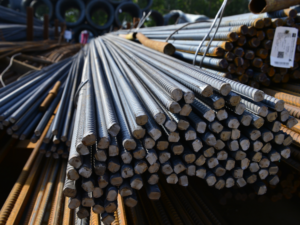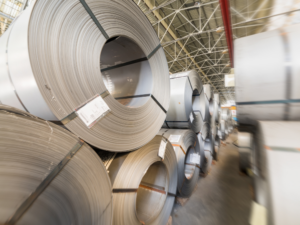The EU must increase its efforts to develop the hydrogen market for the needs of the steel industry, says Eurofer director general Axel Eggert.
“If the EU unilateral cost base of the steel industry increases significantly compared to our global competitors in the absence of effective carbon leakage measures, we risk steel capacity and jobs in the European Union,” he noted during a European Steel Technology Platform (ESTEP) webinar on the Clean Steel Partnership attended by Kallanish.
“We may be able to compensate this when the global steel market is very strong, but in downturns the viability of our industry is at stake,” he continued. “That’s why we are asking policy makers to be very careful with reduction of CO2 emissions and the whole quick process of decarbonisation.”
The Russia-Ukraine war has shown the need to accelerate the development of new hydrogen infrastructure. “Our industry cannot rely so much on natural gas in this transition until 2030, when we hope to have a sufficient amount of produced hydrogen,” Eggert observed. “The steel sector will need hydrogen much more than before the war in Ukraine. We will need over 150TWh of clean electricity, half of which is for the production of hydrogen, by 2030 to run around 60 low carbon projects across the EU. Also, hydrogen should go first where it is used most efficiently, such as steel and chemicals.”
According to Eggert, these commitments represent an industrial revolution that requires a massive €31 billion ($33 billion) of investment in the next eight years.
Earlier this week, EU steelmaker executives warned the EU to avoid a “premature” transition from free carbon emissions allocations to the untested Carbon Border Adjustment Mechanism, or CBAM (see Kallanish passim). According to them, CBAM does not yet foresee any measure to preserve the EU’s 20 million tonnes/year of steel exports, worth €45 billion.
Svetoslav Abrossimov Bulgaria






